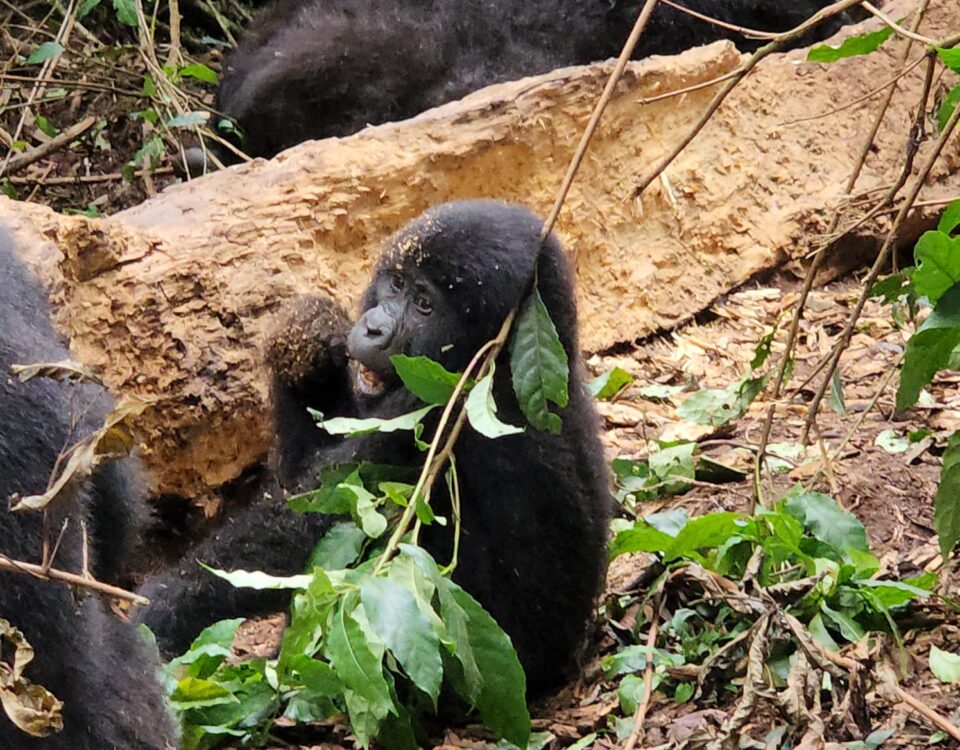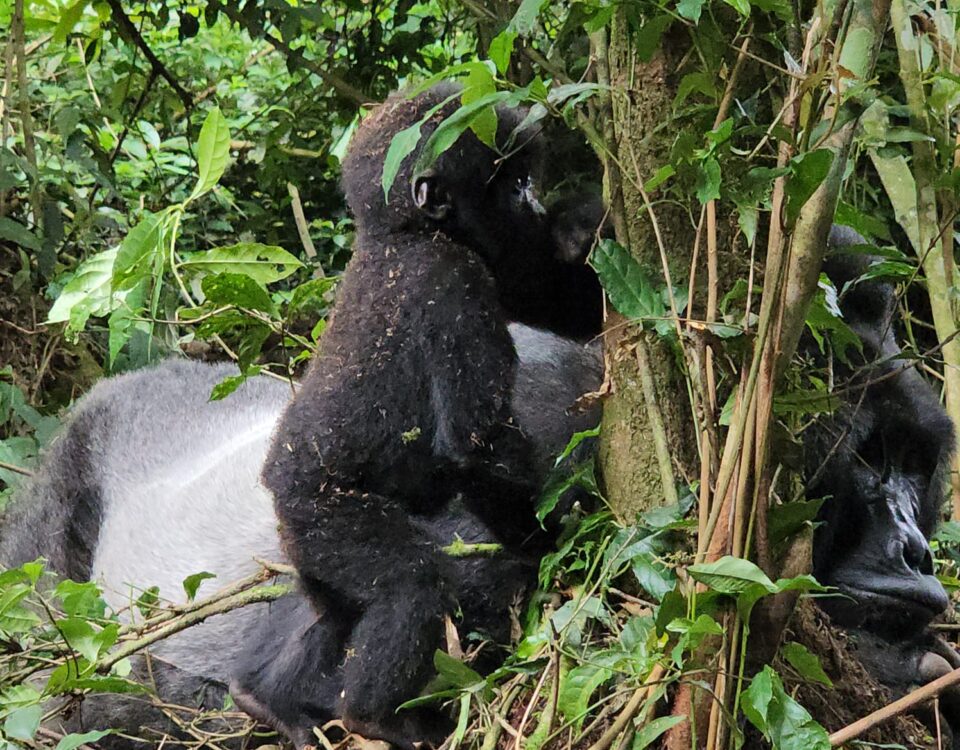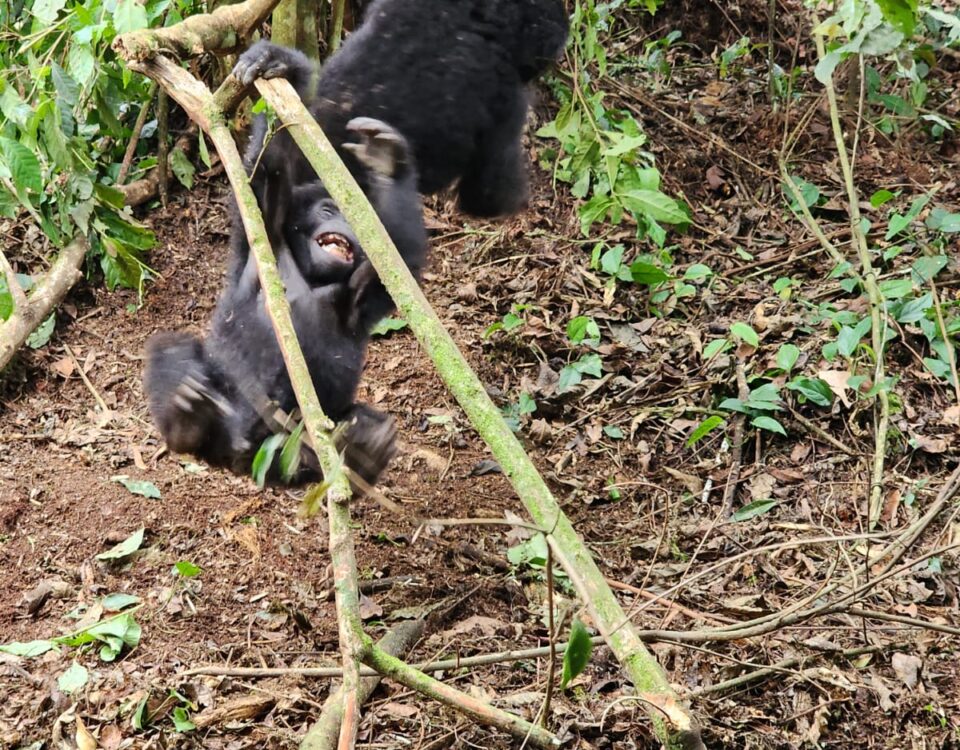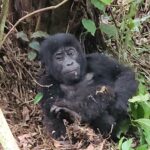
What Are the Best Camera Settings for Wildlife Photography in Volcanoes National Park?
March 28, 2025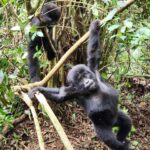
Can I Visit Volcanoes National Park?
March 28, 2025Is It Possible to Go Birdwatching in Volcanoes National Park?
Volcanoes National Park, located in the northwestern part of Rwanda, is renowned for its stunning landscapes, rich biodiversity, and, of course, its famous mountain gorillas. The park is not only a prime destination for gorilla trekking, but it also offers a variety of other activities, including birdwatching. The park’s diverse ecosystems, ranging from bamboo forests to alpine meadows, provide an ideal habitat for a wide variety of bird species. These ecosystems, along with the park’s unique geographical features, make it a birdwatcher’s paradise. Whether you’re an amateur bird enthusiast or a seasoned birdwatcher, Volcanoes National Park offers a range of opportunities to observe both local and migratory bird species in their natural habitats.
Why Birdwatching in Volcanoes National Park is a Unique Experience
Birdwatching in Volcanoes National Park offers an incredible chance to observe species that can only be found in this region. The park is home to over 200 species of birds, including several rare and endemic species that are difficult to find elsewhere in Africa. These include the famous Rwenzori turaco, the grey-crowned crane, and the blue turaco, to name just a few. The park’s diverse range of habitats, from its lush bamboo forests to its more open, grassy meadows, ensures that birdwatching experiences are both varied and exciting. Many birds can be spotted while trekking to see the mountain gorillas or on dedicated birdwatching trails within the park.
In addition to the rare and endemic species, birdwatchers in Volcanoes National Park can also observe various migratory birds passing through the area. This is particularly common during the bird migration season, which brings a new wave of avian life to the park. The varied topography and different altitudinal zones within the park make it an especially attractive place for a wide variety of birds to inhabit throughout the year. Whether you’re looking for colorful species, elusive forest dwellers, or majestic soaring birds, Volcanoes National Park offers something for every birdwatching enthusiast.
Key Birdwatching Areas Within the Park
When planning a birdwatching trip to Volcanoes National Park, it’s essential to know where to go to maximize your chances of spotting a variety of bird species. The park offers several trails and areas that are specifically designed for birdwatching. One of the best spots is the bamboo forest area, where you can spot species like the dusky crimson-winged finch, which thrives in the bamboo and mossy forests of the park. Another great location is the lower altitudes near the park’s boundary, which are home to grassland species and waterbirds.
For those seeking a more challenging birdwatching experience, trekking to the park’s higher altitudes provides opportunities to spot high-altitude species. The rocky ridges and alpine meadows attract birds such as the golden-winged sunbird, which is often seen in these high-altitude environments. For more serious birdwatchers, taking a guided tour with an expert local guide can significantly improve the chances of spotting both common and elusive species. Local guides are familiar with the park’s birdlife and can help identify species while offering insights into their behaviors and habitats.
Birdwatching Season and Tips for Success
The best time for birdwatching in Volcanoes National Park is during the dry seasons, which typically occur from June to September and December to February. During these months, birds are more active, and the weather conditions are more favorable for trekking through the park’s diverse ecosystems. The dry seasons also coincide with the bird migration period, which brings a host of new species to the area, making this an ideal time for birdwatching.
However, birdwatching can be enjoyed year-round, even in the rainy season. Although the weather might be wetter and the trails more slippery, this season has its own charm, with the park’s dense forests becoming even more vibrant and alive. To ensure a successful birdwatching experience, visitors should come prepared with appropriate gear, such as binoculars, a camera with a good zoom lens, and sturdy hiking boots for navigating the park’s trails.
Cultural Experience: Connecting with Local Communities
While birdwatching in Volcanoes National Park, one cannot overlook the opportunity to engage with the local communities who have lived alongside the park for generations. The area is home to the Batwa people, an indigenous group that has deep cultural ties to the forest. These communities have a long history of living in harmony with the park’s ecosystems and are often involved in conservation efforts.
By participating in community-led cultural experiences, visitors gain a unique perspective on the significance of the park and its wildlife. Guided cultural tours with members of the Batwa community allow visitors to learn about the traditional ways of life, the forest’s spiritual importance, and how local people have adapted to changes brought on by the establishment of the park. This cultural connection enhances the overall birdwatching experience, as it helps visitors appreciate the park’s importance to both wildlife and the human populations who depend on it.
Additionally, visitors can visit the nearby towns of Musanze and Ruhengeri to experience Rwanda’s local culture, where they can try traditional foods, see handicrafts, and learn about the country’s history. Many local guides offer both birdwatching and cultural tours, giving guests a more holistic experience of the region. This cultural immersion adds another layer to the birdwatching adventure, making the trip to Volcanoes National Park a truly unforgettable one.
Conclusion: A Perfect Blend of Nature and Culture
In conclusion, Volcanoes National Park is not only a prime destination for gorilla trekking, but it is also an exceptional location for birdwatching. The park’s diverse ecosystems, which range from dense forests to open meadows, provide an ideal environment for a variety of bird species, including rare and endemic species. Whether you’re trekking through bamboo forests or climbing higher altitudes, the park offers plenty of opportunities for birdwatchers to spot stunning wildlife.
Moreover, the cultural experiences offered by the local communities provide an enriching addition to any birdwatching trip. By engaging with the Batwa people and learning about their traditions, visitors can gain a deeper appreciation for the park and its surroundings. Volcanoes National Park is a perfect destination for those who seek a combination of natural beauty, wildlife encounters, and cultural immersion. Whether you’re a birdwatching enthusiast, a nature lover, or someone looking to experience Rwanda’s rich culture, Volcanoes National Park offers an unforgettable adventure.

